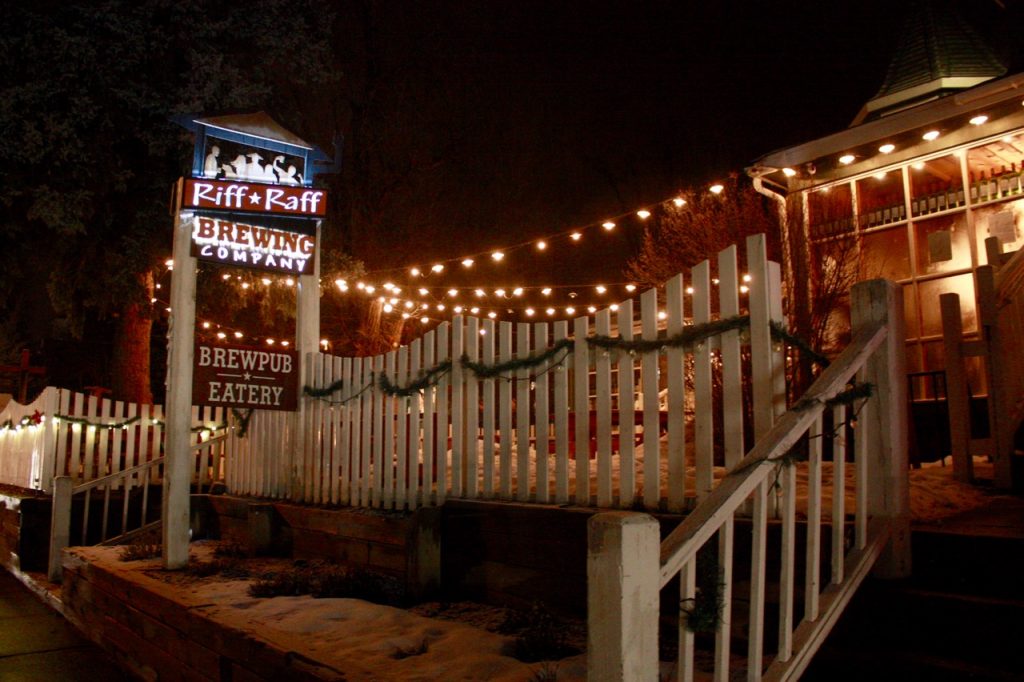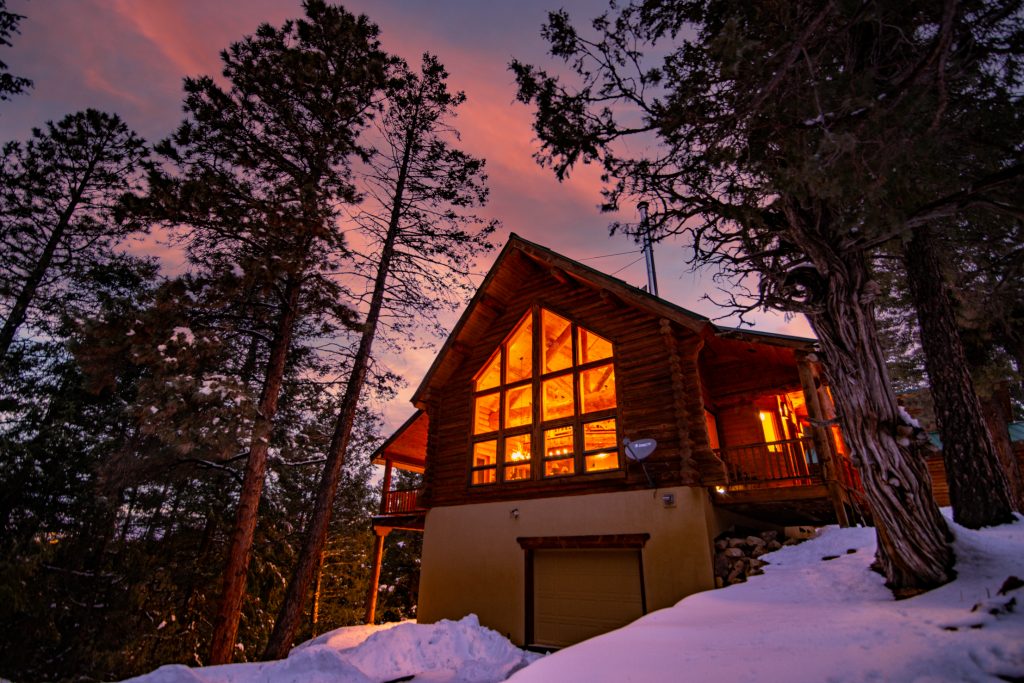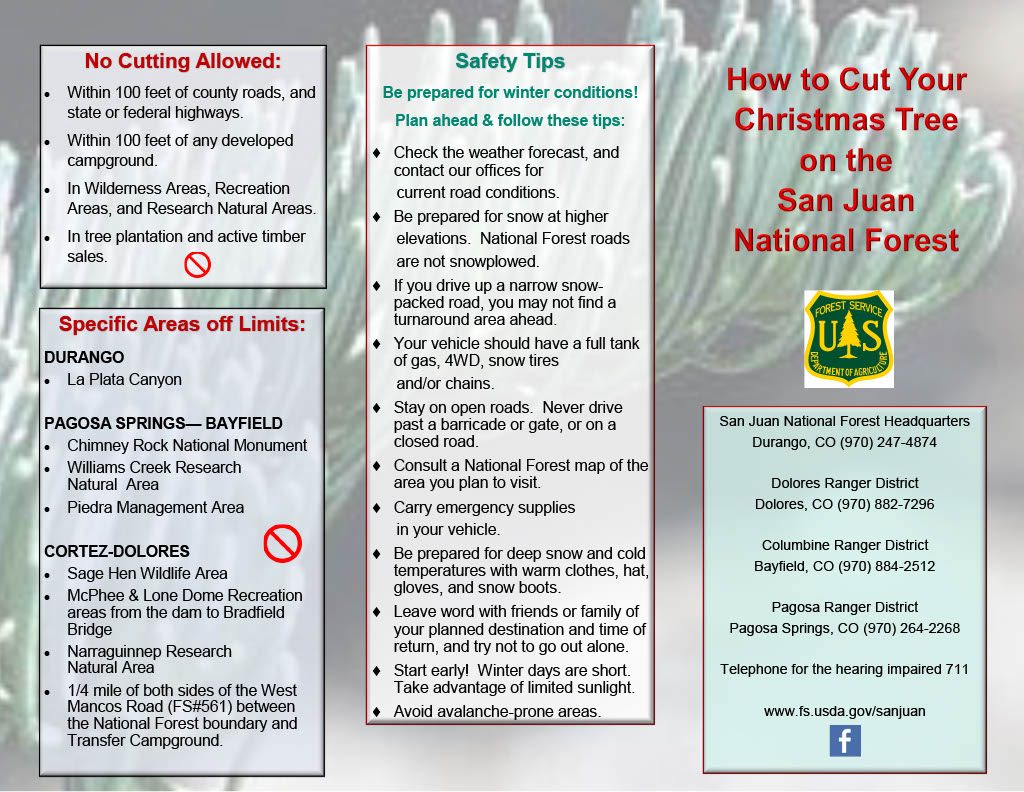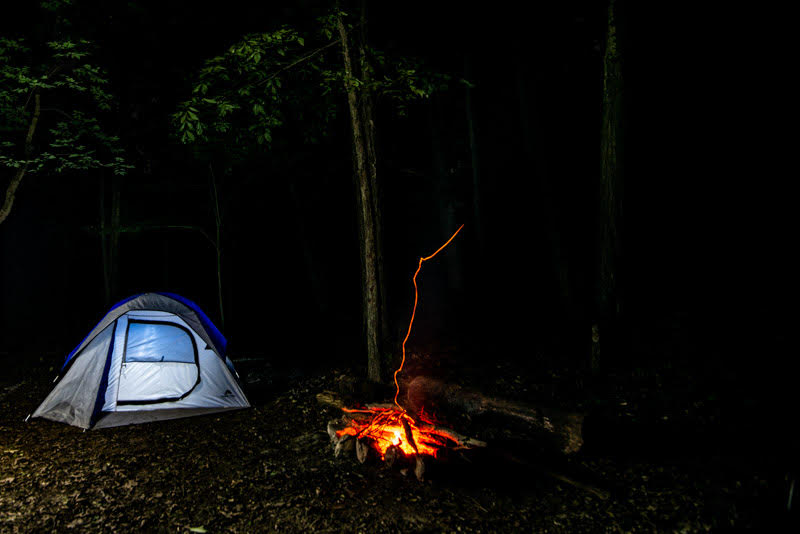Closing Day for Wolf Creek Ski resort has been announced! April 17th will be the last day you can get your turns in using the ski lifts…but not the last day you can enjoy the snow before it melts away. Here are some notes from our local resort:
- Wolf Creek Ski Area is 100% open, 7-days a week, with lifts operating from 8:30 a.m. to 4:00 p.m. Wolf Creek is extending 7-day a week operations to Sunday, April 17th!
• Lift tickets are at Regular rates today, $82 for Adults, $51 for Seniors and $41 for Children.
• The Upper Lodge, Prospector Grill, Raven’s Roost, Continental, Pathfinder Bar and Base Camp are all open.
• Smokey Bear is visiting Wolf Creek Today, Thursday, March 24th. Smokey will be speaking with skiers and snowboarders about the Forest Service, their partnership with the ski area and, of course, wildfire prevention.
• Group Lessons are available for pre-purchase online at shop.wolfcreekski.com. Lessons must be purchased more than 2 days in advance of the lesson date.
• Uphill travel is permitted during operating hours only, from 8:30 am to 4:00 pm.
• The Meadow Loop and the Lake Spur of the Nordic Track were groomed and track-set on March 22nd.
• Face coverings are recommended in all indoor public settings. A full 2021-22 COVID-19 Operating Plan can be found at WolfCreekSki.com.
• Visit wolfcreekski.com or call 1-800-SKI-WOLF for the most up-to-date information.Did you read the italicized line? You read that correct. Smokey Bear is visiting Wolf Creek today! You’re never too old to learn how to prevent forest fires. Find out how to keep our beautiful mountains safe from harm in the warmer months
https://www.fs.usda.gov/features/prescribed-fire-science-why-its-needed-now-more-ever


















